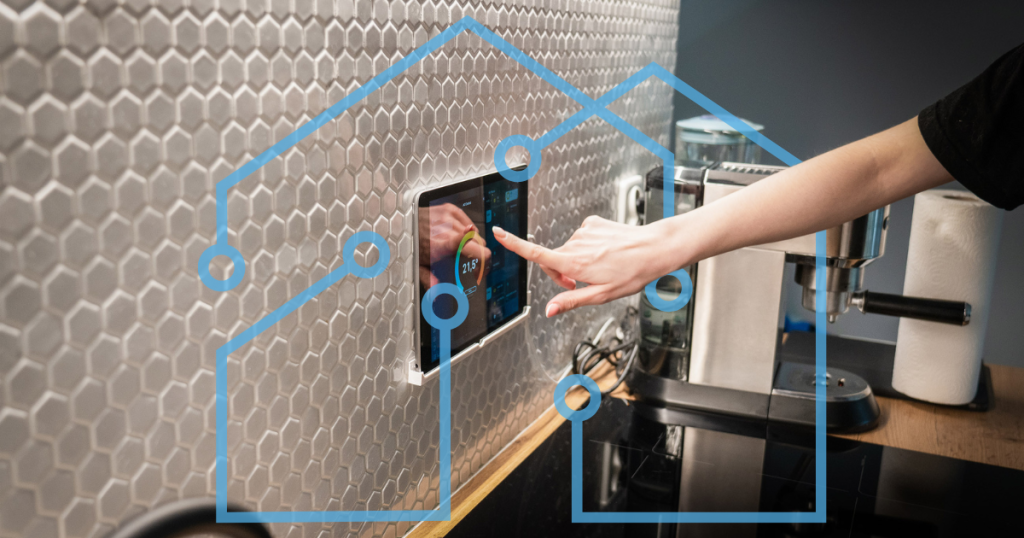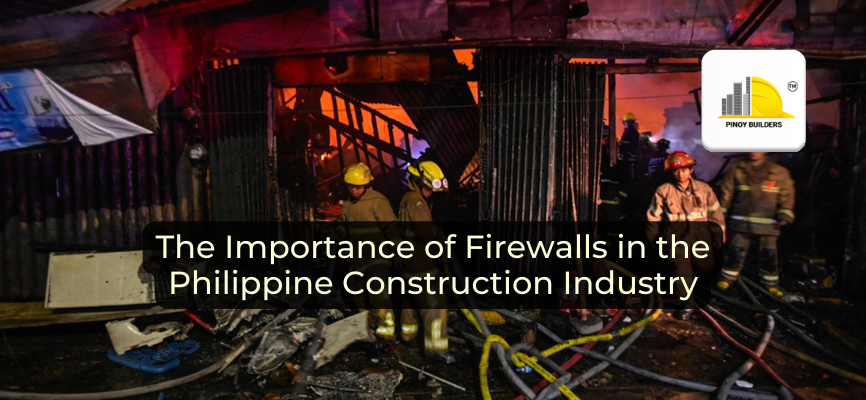Smart homes, also known as automated homes, are residential buildings and structures equipped with advanced technologies that can control integrated systems in the home. They are popular with many modern homeowners as they promise comfort and convenience for those who inhabit them. A smart home can allow you to control a variety of appliances, lighting, and security systems, all manageable remotely through connected devices.
The construction industry is experiencing a transformative shift towards smart homes, driven by technological advancements. This trend integrates automated systems into residences, aiming to elevate homeowner convenience through building design. As technology continues to evolve, the concept of a smart home also continues to develop traditional home-building practices in the construction industry. In this article, we will discuss the rise of smart homes in construction.
Beyond Bricks: The Rise of Smart Homes in Construction

The concept of smart homes has roots in the mid-1970s. This era saw the exploration of automated living spaces in fiction, with experimental projects testing the feasibility of these ideas in reality. Such experimental projects include the invention of the X10, a communication protocol that uses AC wiring to transmit commands between installed devices inside the home.
From this beginning, we now use smart lights controlled via our smartphones, air conditioners that can begin operation by voice commands, and even smart ventilators with automated sensor technology.
From the conceptualization of smart homes, years passed before it took center stage once more as a result of the proliferation of Internet of Things (IoT) devices. The integration of IoT devices into our homes, as others might call the ‘domestication of IoT devices, is also partnered with advancements in connectivity, sensors, and data processing capabilities. Because of this, traditional construction methods have also undergone the necessary change and will continue to develop to accommodate smart technologies into modern homes of the 21st century.
Automated Systems in Home Construction Projects
The integration of smart home technologies into residential buildings requires careful planning and coordination that begins from the conceptualization down to the application of finishing touches. This is because automation systems often include smart appliances and devices equipped with sensors and Wi-Fi or Bluetooth connectivity functionalities—modern smart home features that not all construction professionals are equipped to handle. These devices can communicate with each other and adjust their settings based on the occupancy of the home or the environmental conditions.
The rise of automated systems in home construction projects shows just how much homeowners dream of owning spaces where they can have peace of mind knowing that they have control over their environment.
Automated systems in many modern residential construction projects are a reflection of the 21st-century homeowner. Beyond what is traditional, smart homes are a perfect fit for those who prefer more intelligent, connected, and efficient homes. From a construction perspective, builders and developers need to work closely with technology providers to ensure that the necessary infrastructure, wiring, and compatibility considerations are addressed early in the construction process. This may involve integrating wiring conduits, network infrastructure, and power outlets to accommodate the installation of automation devices and systems seamlessly.
Innovation Resides In A Smart Home
By leveraging technology to automate mundane tasks, enhance security, and optimize energy usage, homeowners can enjoy a more comfortable and convenient living experience while also potentially increasing the value and appeal of their properties to future buyers. The rise of smart homes represents a shift in the construction industry, where traditional building methods converge with technological inventions. Looking ahead, the future of smart homes in construction is promising, with continued advancements in AI, IoT, and sustainable building practices.
References:
The Evolution of the Smart Home: How it Started [Part 1]. (2022, March 24). Ubuntu. Retrieved March 14, 2024, from https://ubuntu.com/blog/the-evolution-of-the-smart-home-how-it-started-part-1
The rise of smart homes in the Philippines. (2023, April 1). Inquirer Business. Retrieved March 14, 2024, from https://business.inquirer.net/398149/the-rise-of-smart-homes-in-the-philippines
Wagner, T. (2023, November 13). Beyond Bricks: Crafting Dreams with Innovative Construction, Builders, and Properties. Medium. Retrieved March 14, 2024, from https://medium.com/@TWagner63639/beyond-bricks-crafting-dreams-with-innovative-construction-builders-and-properties-b61854971744









